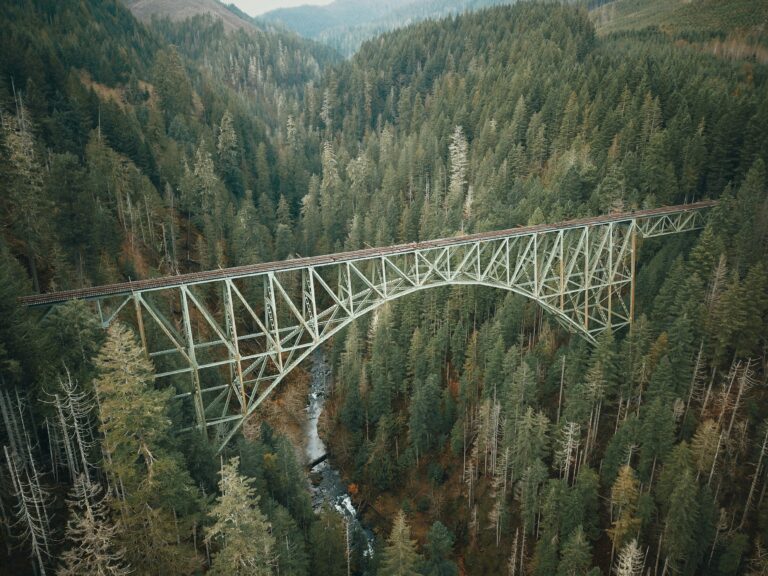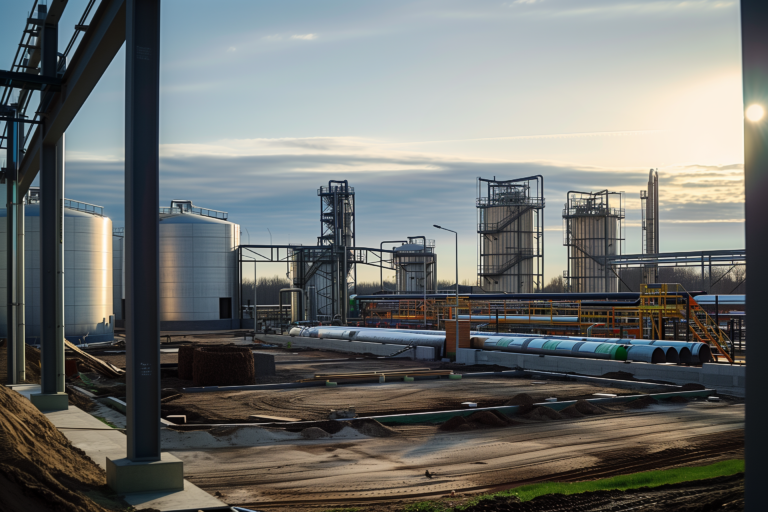- Juli 13, 2025
- Post link
Biotechnology startups operate in a complex environment where scientific innovation must align with technical feasibility and commercial viability. On the path from concept to market-ready product, numerous obstacles arise — often referred to as “Valleys of Death.” But these are not limited to a single critical point. In reality, they appear at several key stages along the development timeline.
There is a relatively well-formed ecosystem to nurture Pre-Seed and Seed stage companies. Technology transfer offices, once the dread of Academic Founders, are mollifying their stance; recognising that taking too much, too soon leaves their spinouts unattractive for future investment. Deep tech Incubators and Accelerators across the globe are looking to attract the brightest Founders and help achieve proof of concept and minimal viable product, as well as securing initial investment.
Early-Stage Challenges – The First Valley
Failing fast at a very early stage is unpleasant but has limited consequences. Young companies that have navigated the Seed stage face common, fundamental challenges in the next phases of development:
- Process development at lab and pilot scale: Transitioning from lab to pilot scale requires deep understanding of mass transfer, bioreactor design, and downstream processing (DSP). This seems abstract and distant when all efforts are focussed on producing quantities of material to support commercial activities, using any accessible equipment.
- Securing funding: Access to public grants or further venture capital (VC) often depends on the promise of industrially relevant titres and scalability, long before it’s proven. Finding the “ambitious but realistic” modelled sweet spot can be an art rather than a science.
- Protecting intellectual property (IP): A solid IP portfolio is essential for attracting investors and securing long-term competitive advantages. It can be several years from first filing to grant and creating a well-constructed, resilient and defensible IP portfolio carries a significant cost. Additionally, known and trusted Patent Attorneys come at a premium, but their gravitas is helpful in reassuring investors over immature portfolios during diligence.
Startups can deploy several strategies to help navigate this phase. Product manufacturing and process development can be decoupled, with commercial product being made by shortcutting the process, e.g. sourcing intermediates from the market, allowing process development teams to focus on end-to-end manufacturing. Even with incomplete data, experienced practitioners can help generate several defensible technoeconomic scenarios demonstrating that “what ifs” and “worst cases” have been considered. Careful consideration of which IP to protect (e.g. composition, product or process) and how (e.g. patents, trademarks, trade secrets), can generate a strong IP position while controlling costs. Navigating this phase is challenging, yet, to paraphrase Churchill, is only the end of the beginning.
Demonstration Plant – The Classic Valley of Death
In industrial biotechnology, building and operating a demonstration plant at industrial scale marks a critical milestone. The technology must demonstrate technical maturity (Technology Readiness Level 7–8) – reliable, stable, and scalable production under real-world conditions.
Key facts:
- Capital costs for demonstration plants often range in the tens of millions of euros or dollars.
- Without robust Techno-Economic Analysis (TEA) and Life Cycle Assessment (LCA), investors remain sceptical.
- Scale-up factors of 1:100 or more frequently introduce new challenges in mixing, shear forces, and temperature control.
- Economics of the demonstrator plant still don’t allow break even entry into the market.
In a previous post The Dripping Tap we wrote how, by staying smaller for longer, companies can enter this phase with a strong technical foundation, minimizing risk of technical failure or expensive process modification at scale. Executed well, the smaller for longer approach may even allow companies to vault the “Classic Valley” altogether!
Growing Revenues – The Second Valley
After successful demonstration at appropriate scale, the next Valley of Death appears: commercial production and margin positive revenues.
Typical obstacles:
- Capacity expansion: The market demands consistent product supply. A scale-out or first commercial facility becomes necessary.
- Funding gap: Traditional banks are reluctant to fund companies with minimal revenue history. VC funds typically avoid “bricks and mortar” investments.
- Pricing pressure: Customers expect competitive market prices. Hopes for a “green premium” are often unrealistic unless regulation (e.g., carbon pricing) creates economic incentives. Those who have considered side stream valorisation and efficient recycling strategies early on will be ahead of the game at this stage.
Economic Viability:
Even if a first commercial facility is built, profitability is not guaranteed:
- Economies of scale (e.g., reducing costs by increasing volume) only become significant at larger capacities.
- A detailed TEA and business plan must demonstrate that the product can be produced with positive margins under realistic market conditions.
Timing entry into this phase requires prudent judgement, foresight and nerve. Seemingly long development times (building a facility can take >two years) and external pressure can force premature entry. The sunk cost, especially if a demonstrator has been built, can cloud judgement to continue, even if the window to achieve margin positive sales in narrow, or worse non-existent. Generating sufficient data with lower investment, and avoiding the “Classic Valley” altogether, can make tough decisions to pivot the technology easier. Other routes to commercial manufacturing (e.g. CMOs) must also be considered.
Are CMOs a Way Out?
Contract Manufacturing Organizations (CMOs) can offer an alternative to building an in-house production facility. However, there are limitations.
Requirements for a successful CMO partnership:
- Process fit: The startup’s downstream process (DSP) must be compatible with the CMO’s infrastructure. No CMO will build an entirely new DSP line for a startup, no matter how good the promises of future business are.
- Fermentation capacity: CMO fermenters and reaction vessels typically range from 10 m³ to 200 m³ – processes must be adaptable to this scale.
- Cost structure: Energy and labor costs, along with yield and process efficiency, must support a profitable outcome.
CMO Facts in Europe:
- There are approximately 20–30 CMOs in Europe operating in the field of industrial biotechnology.
- Only a few are equipped for large-scale fermentation.
- Many CMOs prioritize long-term, established clients – early discussions are essential for startups to secure access.
Recommendations for Startups
- Design with scale in mind – even at the lab stage, processes should reflect industrial conditions (e.g., raw materials, process time and stability, standard media).
- Integrate TEA and LCA early on – to provide convincing data for investors and partners.
- Establish strategic partnerships early – with CMOs, industrial players, or customers.
- Develop flexible financing strategies – combining VC, public funding, partnerships, and possibly bootstrapping.
- Understand market expectations – and develop realistic pricing and sales models from the beginning.


